Looking for flooring options for your home? We’re guessing you’ve heard of vitrified tiles already! What are they, exactly, and why are these tiles the most preferred choice of discerning home owners today?
Vitrified tiles come with an amazing range of sizes, colours, patterns and finishes—so many, in fact, that you’ll have a hard time narrowing down your choices. They are among the most durable tiles ever. Factory-manufactured to meet standards of the highest quality, vitrified tiles can upgrade the aesthetics of your home and add amazing value.
Read on for the ultimate guide to using vitrified tiles in your home.
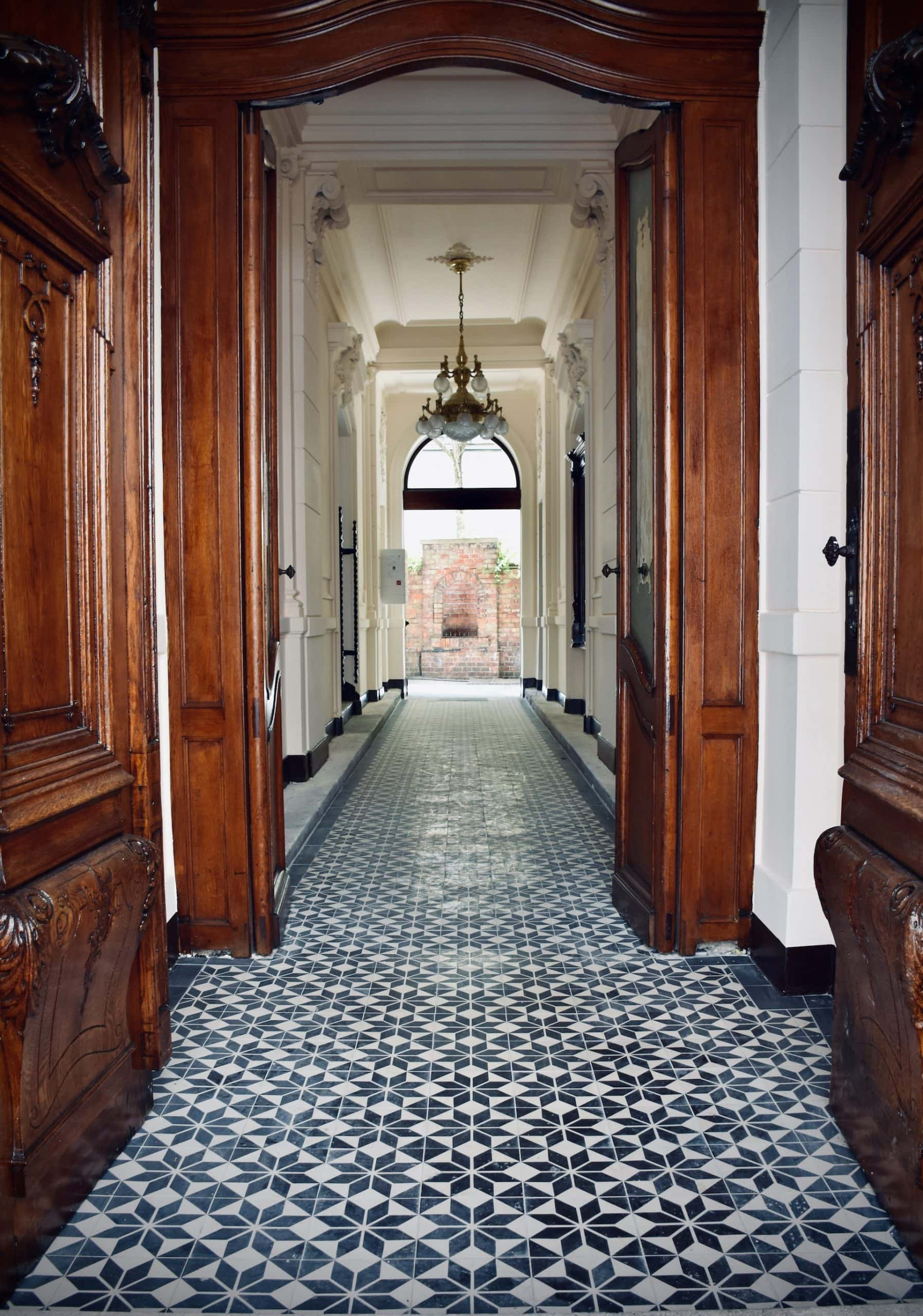
What are Vitrified Tiles?
Vitrified tiles are manufactured using a mixture of clay with silica, quartz and feldspar that is hydraulic-pressed and then fired in the kiln at high temperatures. The ingredients meld together at higher temperatures in a process called vitrification and create a glassy, hard vitreous surface.
Highly durable and low on maintenance, vitrified tiles are used widely in homes, offices and commercial establishments. While they are more expensive than ceramic tiles, they are also much more durable. Vitrified tiles are available in glossy and matte finishes, and are even available with wood, marble and granite lookalike surfaces. You can, therefore, get a floor that looks very similar to marble but at a fraction of the cost of real marble.
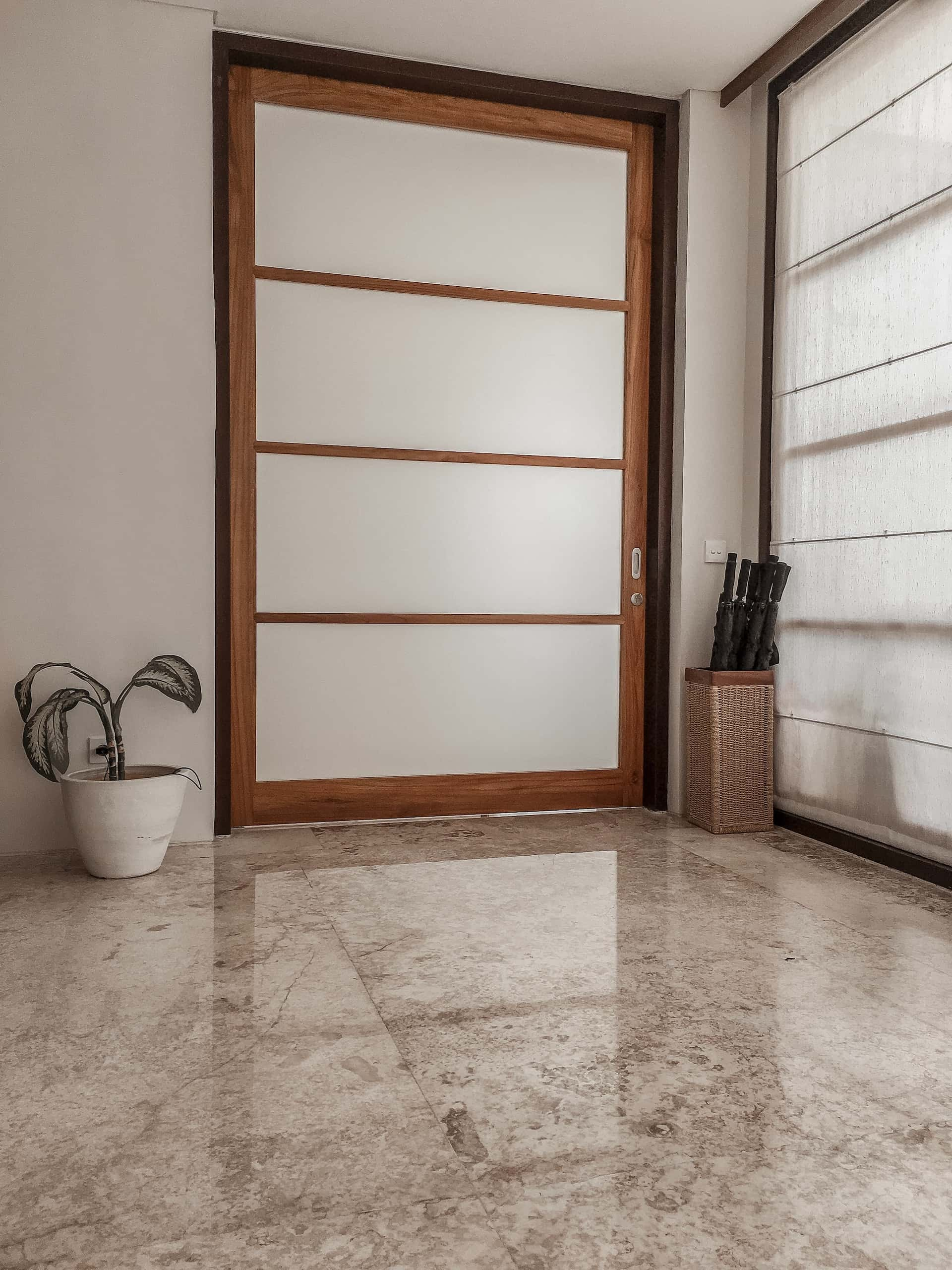
Advantages of Vitrified Tiles
- Vitrified tiles are extremely hard.
- These tiles are non-porous and are impervious to both stains and scratches.
- Vitrified tiles can be laid very quickly and used within 2 days of laying. They can be easily laid on top of an existing floor for a quick aesthetic upgrade.
- They can be used indoors, outdoors and on semi-open areas like decks, as they are rugged and durable and will withstand any kind of weather.
- These tiles are homogeneous and present a uniform colour in cross section. In the rare event that a tile gets scratched, the colour will still be the same.
- Vitrified tiles are available in many different sizes and shapes, and in a wide variety of patterns, prints and colours to suit your décor theme.
Disadvantages of Vitrified Tiles
- These tiles require expert workmanship and should be laid by professionals, in order to get perfect joints.
- Installation is more expensive than ceramic tiles as the adhesive required costs more.
- When compared to ceramic tiles, these tiles are more expensive. However, they are cheaper than natural stone.
- Glossy vitrified tiles are dangerously slippery when wet. Take care to choose anti-skid tiles for bathrooms, kitchens and outdoor areas.
- The manufacturing process of all types of vitrified tiles requires a lot of energy and water. Greenhouse gases may be emitted that contribute to global warming, and this, therefore, has many environmentalists up in arms!
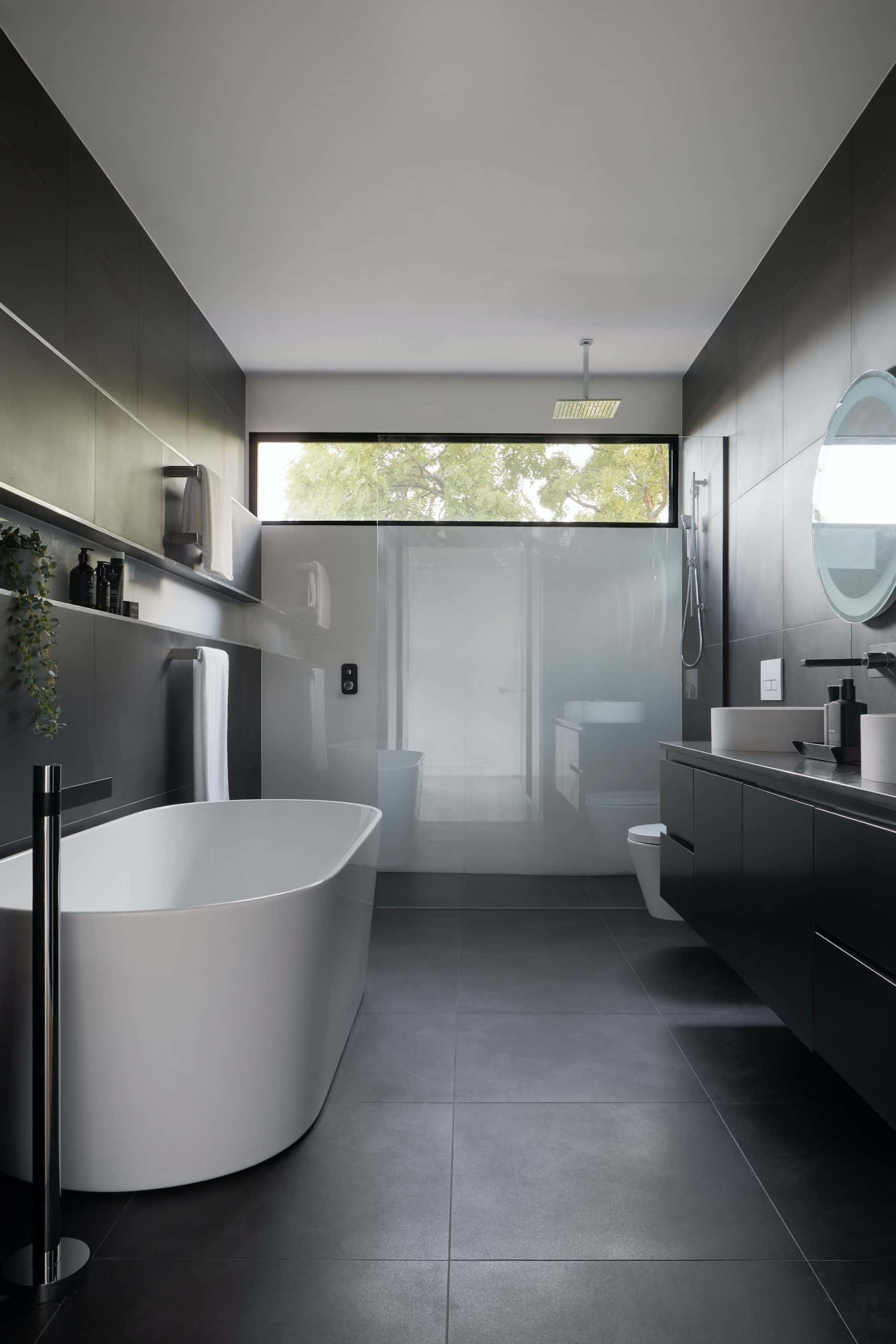
Types of Vitrified Tiles
There are three types of vitrified tiles. Here’s the lowdown on the different types of vitrified tiles:
1. Glazed Vitrified Tiles
Glazed vitrified tiles, also known as GVT tiles, have a highly glazed surface (hence the name!). These tiles are printed using digital technology, using which it is possible to imprint just about any kind of design on the surface. GVT tiles can closely mimic the appearance of wood grains, marble, Jaisalmer stone, terracotta and so on.
As the tiles are available in large sizes of even 8 feet in length, they can be used even for tabletops and kitchen countertops. The glaze is only about 1 mm thick, because of which these tiles are not well suited to areas of very high traffic.
GVT tiles are further sub-classified into two types:
- Soluble salt vitrified tiles: The most cost-effective type of vitrified tiles in the market, these tiles are manufactured using soluble salts that go below the surface of the tile and give it its colour, design and pattern. They are not as durable as other vitrified tiles and can fade after a few years.
- Nano polished soluble salt tiles: A layer of liquid silica is added to the soluble salt vitrified tiles during the manufacturing process, which is done using advanced nano technology. The nano or micro pores of the tile are filled with the liquid silica, giving a smoother surface that is shinier than plain soluble salt vitrified tiles. These tiles are stain and scratch-resistant, have high resistance to abrasion, and are very low on maintenance.
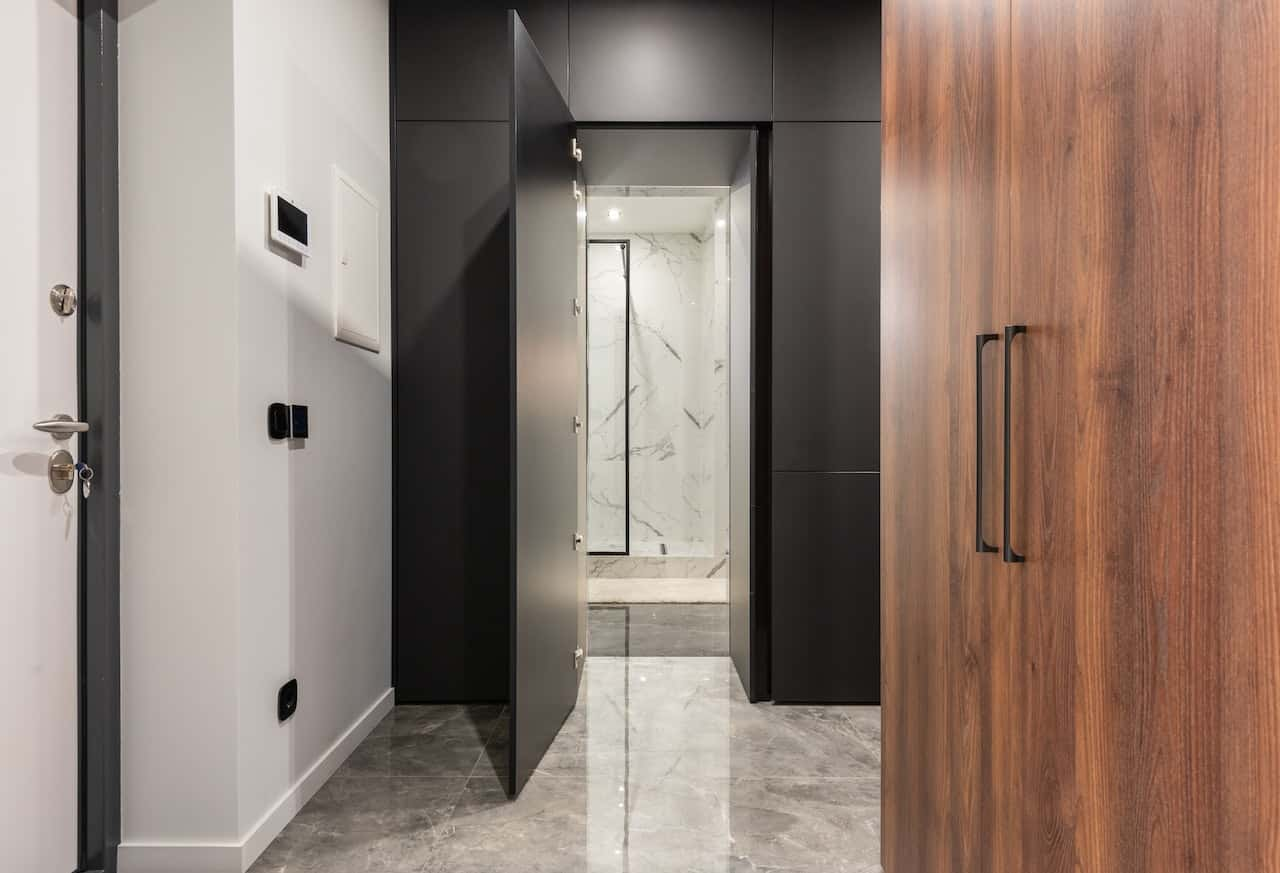
2. Full Body Vitrified Tiles
Full body vitrified tiles are consistent and completely homogeneous, as the pigment is added to all the components early in the manufacturing process. These tiles will never fade and have superior resistance to scratches and stains, making them a great choice for high traffic areas. They have a very low water absorption rate and can be washed with running water. As these tiles are uniform in cross section, they can be neatly cut at an angle for use in floor mosaics and patterns.
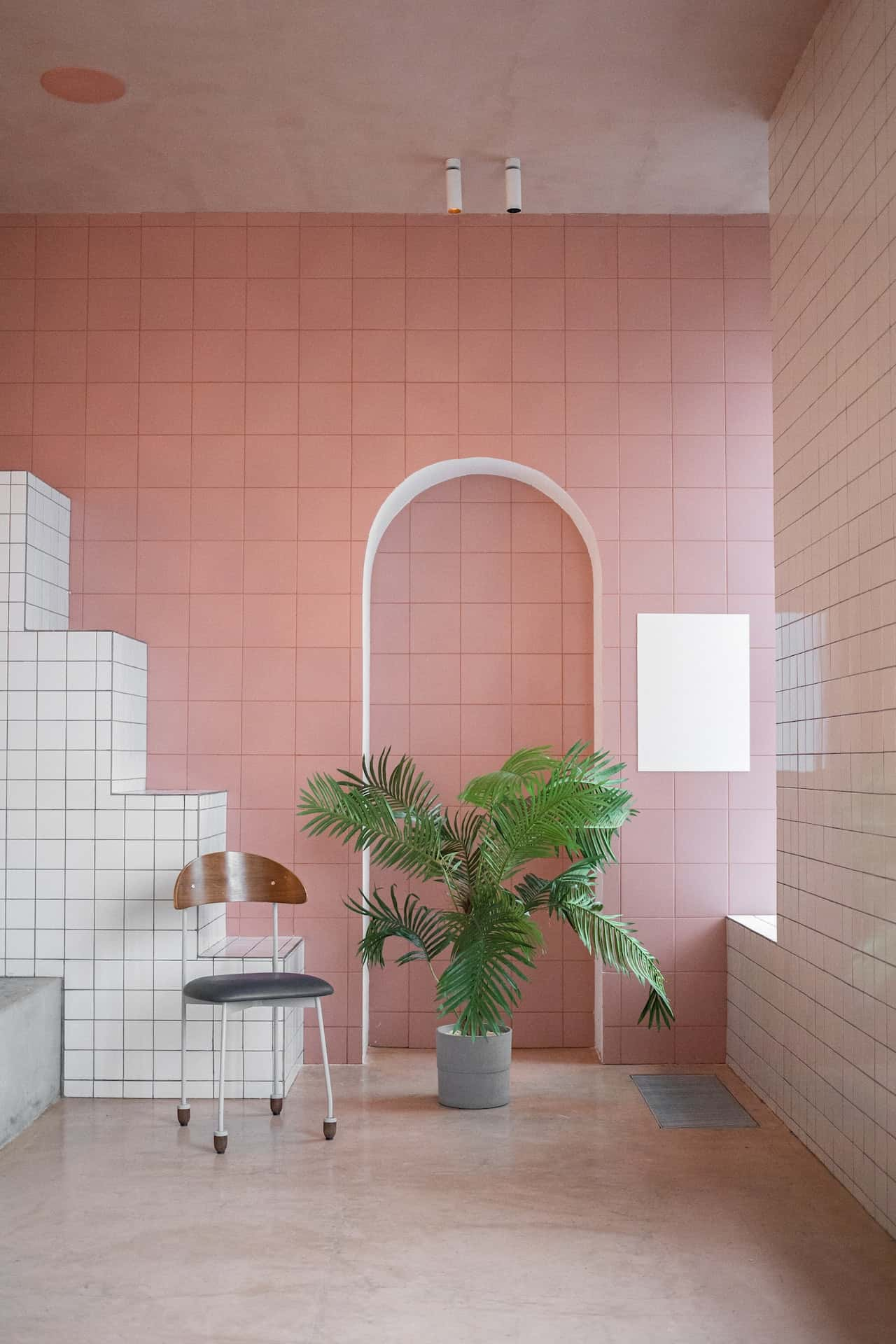
3. Double Charged Vitrified Tile
Double charged vitrified tiles are made by merging two layers of tiles during the manufacturing process. These tiles are thicker and heavier, because they are charged twice, and can withstand very heavy traffic with little maintenance. The top layer is supported by a vitrified layer, which increases the strength and glossiness of the tile. These tiles are the most popular choice for residential and commercial buildings.
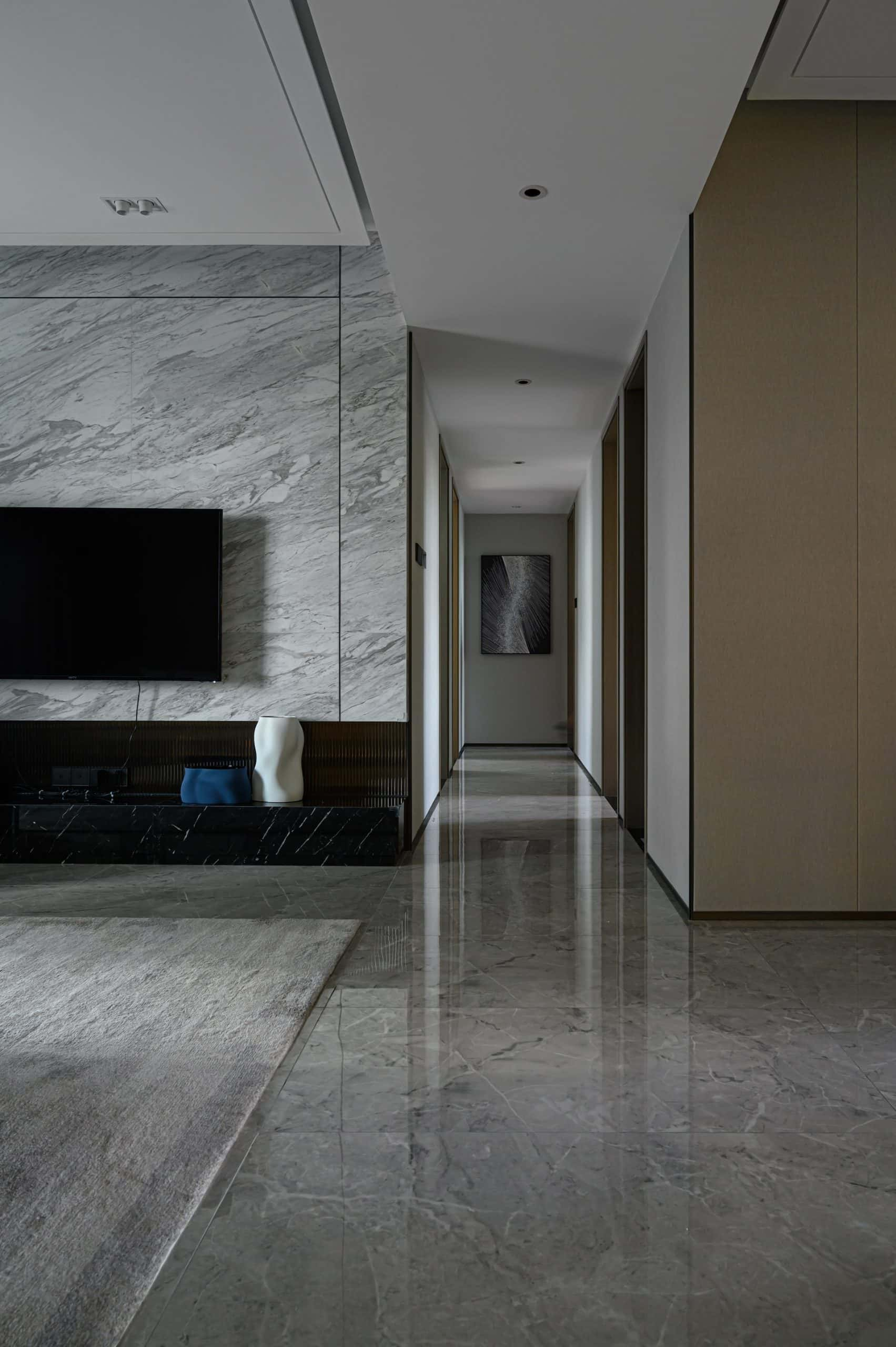
Vitrified Tiles Vs Ceramic Tiles
All the types of vitrified tiles and ceramic tiles are popular options for homes. If you’re finding it hard to make a choice, take a look at the differences between the two:
Ceramic Tiles
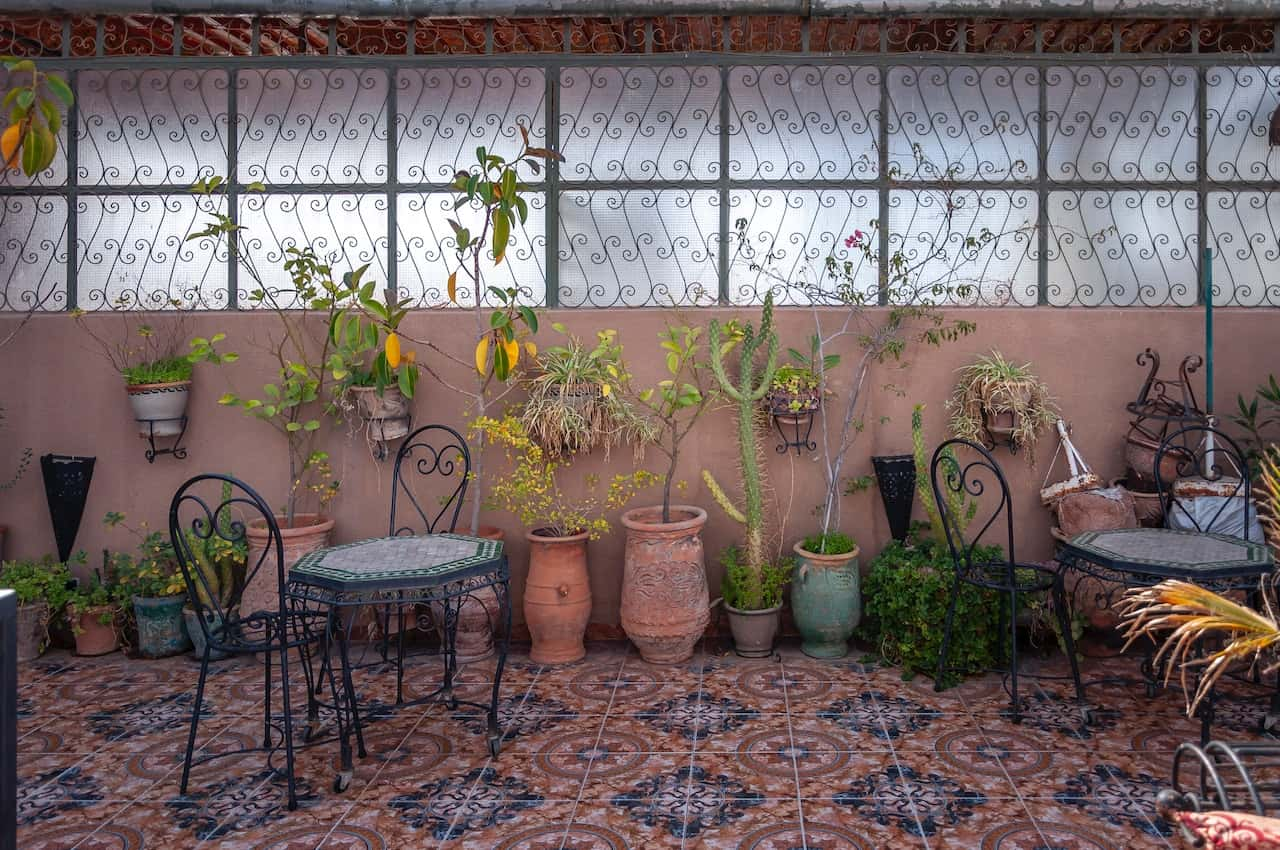
- Ceramic tiles are manufactured using clay and water, and are glazed and baked at high temperatures.
- These tiles are earthy and have a natural appearance.
- Ceramic tiles are a popular choice for backsplashes, walls and floors and are prized for their aesthetics.
- These tiles are more cost-effective than vitrified tiles.
- Ceramic tiles often do not have perfect edges, and are usually laid using spacers or grout to fill the joints.
Vitrified Tiles
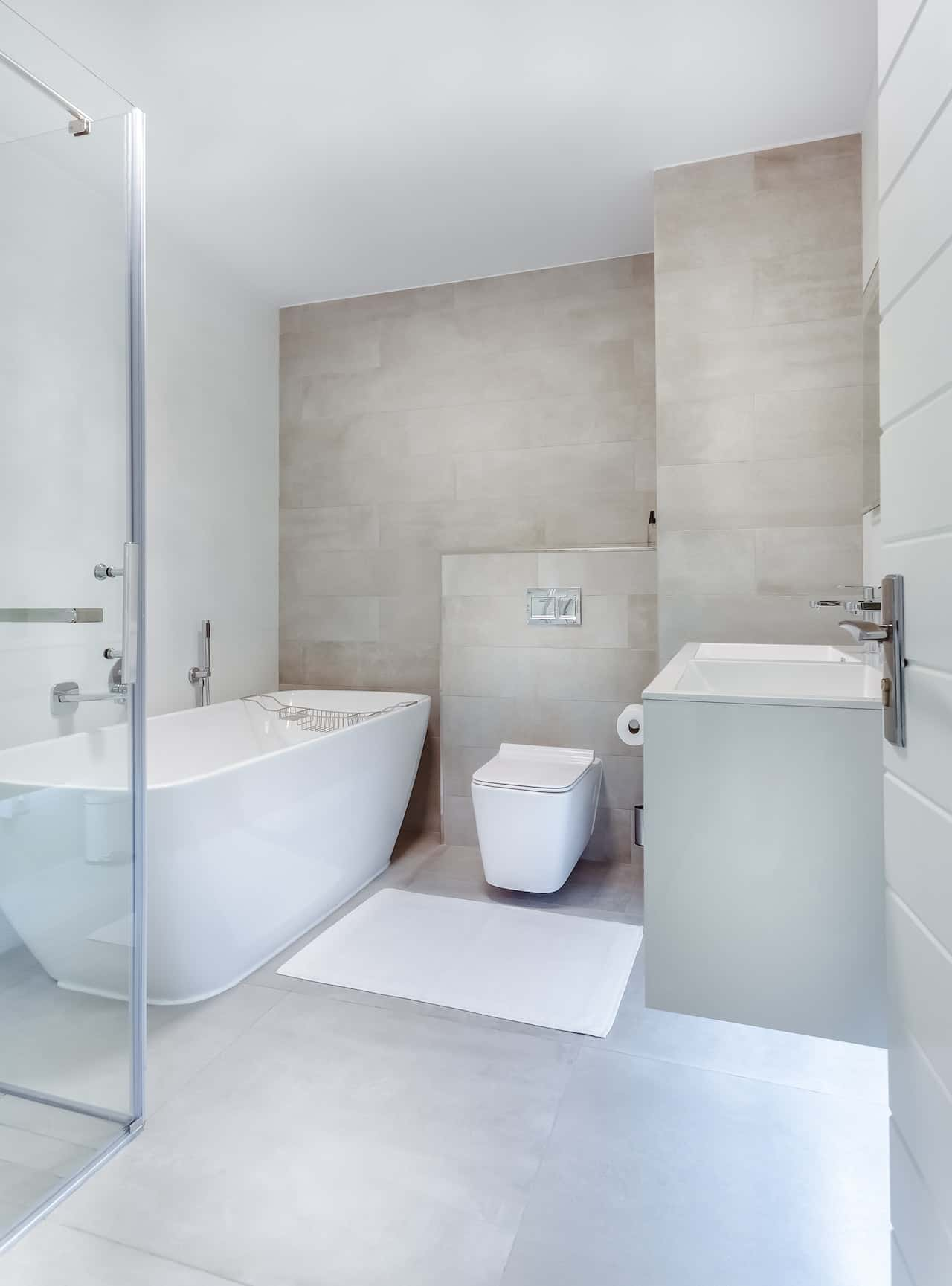
- Vitrified tiles are manufactured using clay, silica, quartz and feldspar with additives. The manufacturing process involves applying extreme pressure and temperature.
- A process called vitrification renders a surface glass-like sheen that reduces porosity and makes the tiles impervious to water, changes in temperatures and scratches.
- All the types of vitrified tiles are more expensive than ceramic tiles, but also last much longer.
- These tiles have perfect edges and can be laid with paper-joints, making them a great choice for your living room flooring or bedroom flooring.
Wrapping Up
So, that’s a wrap on our comprehensive guide to the different types of vitrified tiles that you can use for your home. Vitrified tiles are a great investment choice for your home, as you must have gathered already! Not only are they easy to lay, they are more cost effective than natural stone, and will look as good as new for decades. You can even mix and match vitrified and ceramic tiles, depending on the location and the functionality needed.
Need help with your flooring selection? The HomeLane team of expert designers is just a call away!
FAQs
1. Which type of vitrified tiles is the best?
Double charged vitrified tiles are superior to other types of vitrified tiles, as they are sturdy and durable and can endure very high traffic. The process of manufacture also makes the tile surface look highly polished, giving it a mirror-like feel.
Vitrified tiles must be chosen based on the usage. Tiles with a rough, non-skid surface are suitable for use in bathrooms, kitchens and in terrace and outdoor deck areas, where the risk of slippage due to water is high. In living rooms, you can opt for marble or stone lookalike surfaced tiles, while in bedrooms you could choose tiles of different colours or tiles that look like wood. Printed tiles can be mixed and matched with plain tiles to form creative patterns.
2. What are the 3 types of vitrified tiles?
Glazed vitrified tiles, full body vitrified tiles and double charged vitrified tiles are the three most commonly available types of vitrified tiles.
3. How do you identify the various types of vitrified tiles?
Vitrified tiles have a glassy appearance, and the process of vitrification renders the tile stronger and uniformly homogeneous. All the types of vitrified tiles will have clean edges and perfect finishes.
Ceramic tiles, which are the other most common type of tiles used for flooring or walls, are made from derivatives of clay. They have a texture that is coarser than vitrified tiles, and are not homogeneous. They also look more natural and earthy, unlike vitrified tiles which have perfect edges and do not feel as natural. The edges of ceramic tiles may not be as perfect as those of vitrified tiles.
When it comes to comparing the types of vitrified tiles with natural stones like marble or granite, it’s very easy to identify the tile as it will have a completely uniform surface; with every tile being exactly the same as the next one. Marble and other stones being natural, no two slabs or tiles will ever be completely identical. There will be natural flecks, veins and grains that make each stone unique and one-of-a-kind.
4. What is the life of vitrified tiles?
Vitrified tiles are man-made and are extremely durable. When used for a home, they will look as good as new for at least 10 to 15 years, and even longer if there is no heavy traffic. However, if a tile is broken or chipped—which is rare—it will have to be completely changed.
This is the main disadvantage of all types of vitrified tiles as compared to a natural stone like marble. Good quality marble will last literally forever, as even if it is scratched or stained, polishing the surface will make it look as good as new.
5. How are all the types of vitrified tiles cleaned?
All the types of vitrified tiles are virtually maintenance free, as all that is needed to keep them looking as good as new is a daily mopping routine with a damp cloth. If your tiles are greasy or there is some liquid spill on the surface, you can use gentle organic cleaners to remove the build-up. Even though vitrified tiles are for the most part scratch-proof, it would be a good idea to ensure that the surface of the tile is not scratched by chairs with wheels or any sharp objects.




